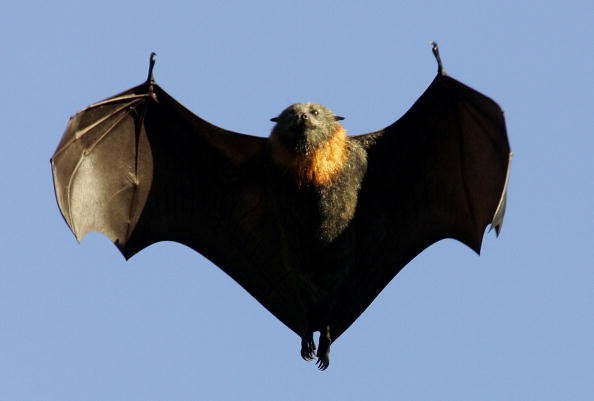Bats play an important part in the Earth's ecosystem, despite being connected with vampires, labeled as the source of the coronavirus or regarded as harbingers of ill luck.

Bat Myths
Bats are flying exterminators that consume insect pests such as June beetles, mosquitoes, and flies in North America. According to the Missouri Department of Conservation, a single bat may consume up to 600 mosquitoes every night
However, their contribution to the environment is not limited to pest control.
According to Bat Conservation International, a worldwide conservation group devoted to stopping bat extinctions, more than 500 kinds of flowering plants rely on bats as either primary or exclusive pollinators in many regions of the world.
There are several bat myths. They don't all have rabies; just below half of a percent of bats do. They do not feed on people's blood or fly into the hair of ladies. All these allegations arise from decades of disinformation.
Another popular misconception is that bats are blind. To navigate and find insect prey, bats use echolocation. To assist them determine where objects are, the bat releases sound waves from its mouth or nose, which cause an echo when the sound wave hits an item, even in complete darkness.
The bat's echolocation method has influenced Navy submarine technology and blind research.
Decline in Bat Populations
The Shoal Creek Conservation Education Center of the Missouri Department of Conservation conducted a virtual program - "Bats of Missouri" - earlier this month to dispel such misunderstandings and encourage measures to protect endangered species.
Over 1,000 species of bats are found in a place where it takes up one quarter of mammals on the planet. Missouri is home to at least 14 bat species, including the large brown bat, tiny brown bat, red bat, and hoary bat
Human intervention, deforestation, water pollution, and pesticides have all contributed to the decrease in bat populations during the last 50 years.
White-nose syndrome is a deadly fungal illness that affects bats' muzzles, ears, and wing membranes. A handful of species of bats in Missouri are particularly vulnerable since they live in caves and are prone to the disease.
The fungus grows in cold, damp places such as caves, and appears to only harm sleeping bats. It is said to have arrived in North America from Europe. People who unknowingly carry the fungus on their shoes, clothes, or equipment can transmit it throughout a cave system.

Solutions to Bat Population Decline
When white-nose disease hits a cave, around 90% of bats in that cave system will die, and in rare circumstances, a whole colonies will be wiped out. According to the Center for Biological Diversity, an outbreak of white-nose sickness has killed an estimated 6.7 million bats since 2006.
Jessie Ballard, a naturalist with the Missouri Department of Conservation, said: "The biggest thing that we can do to help with bats is keeping out of places like caves, especially when there are maternity colonies, also known as nursery colonies - ones that are going to be raising their young.
It only takes one instance of a person going into a cave for that colony to drop all of their babies for the year, and then they don't reproduce after that. They're one and done, and then they wait until their next cycle."
Related Article : Man Who Refused Treatment After Getting Bit by Bat Dies From Rabies, Illinois' First Case in 70 Years
For more news, updates about bats and similar topics don't forget to follow Nature World News!
© 2026 NatureWorldNews.com All rights reserved. Do not reproduce without permission.





